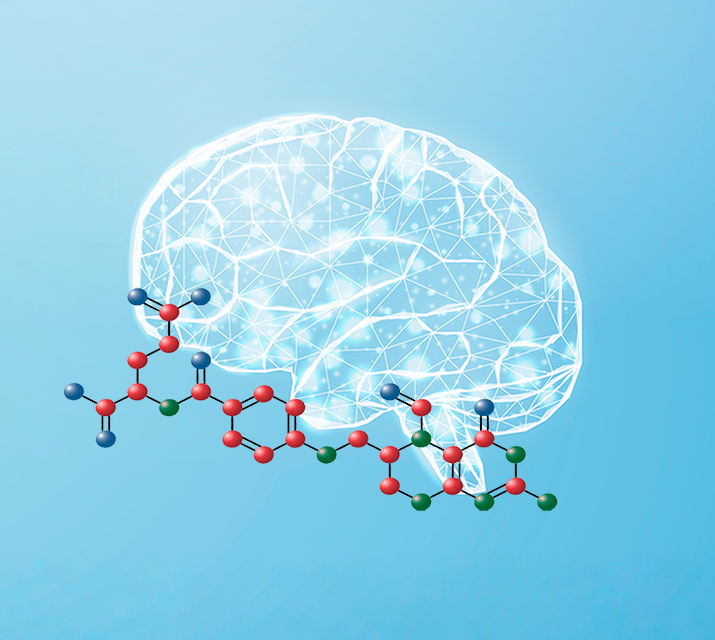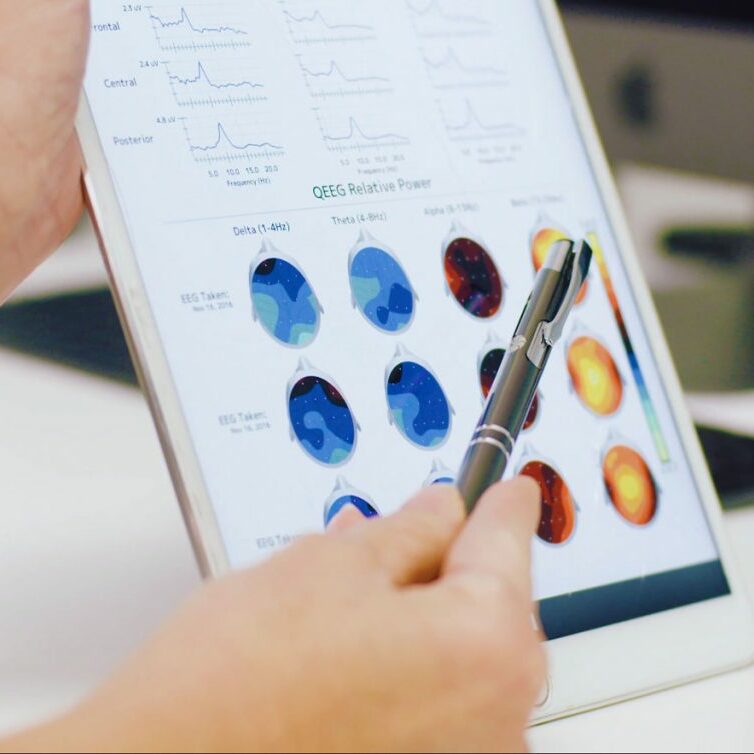
Leucovorin and Autism: A Science-Based Approach to Supporting the Developing Brain
Learn how folate metabolism, EEG insights, and MeRT therapy can work together at Brain Treatment Center Glenview to help children communicate and connect more effectively.
Folate, Folic Acid, and Folinic Acid: What’s the Difference?
| Form | Source | How the Body Uses It | Best For |
|---|---|---|---|
| Folate (Vitamin B9) | Found naturally in foods like leafy greens and beans | Must be converted into its active form before use | Most people without metabolic issues |
| Folic Acid (Synthetic) | Added to fortified foods and many supplements | Requires activation by the MTHFR enzyme; less efficient for those with MTHFR variants | General population |
| Folinic Acid (Leucovorin) | Prescription or compounded form | Already active; bypasses MTHFR; becomes methylated folate that the brain can use directly | Individuals with MTHFR variants or folate receptor antibodies |
Key takeaway: Folate is natural, folic acid is synthetic, and folinic acid (Leucovorin) is a bioavailable form that bypasses the MTHFR gene. Its end product—methylated folate—is the active form the brain relies on for growth and communication.







